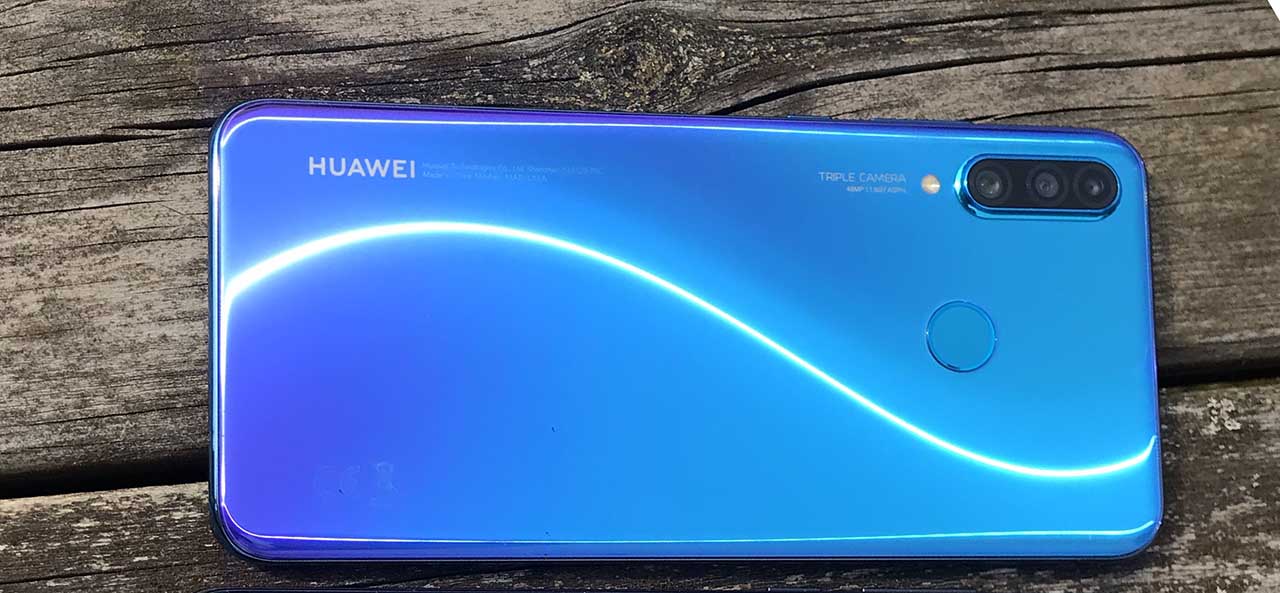With a triple-camera set-up and a premium design, the junior P30 could be the best budget smartphone camera on the market. Find out how it performs in our Huawei P30 Lite camera review.
What is the Huawei P30 Lite?
The Huawei P30 Lite is priced £329 and sits at the bottom of Huawei’s new flagship range of P30 phones, just below the P30 and the top-end P30 Pro.
Being the budget option in the flagship range the P30 Lite naturally has a less-impressive set of features than its siblings above it, but like buying the worst house on the nicest street in town, there are quite a few things to like about this smartphone – particularly if you’re a photographer on a budget.
Features
First and foremost of appeal for photographers on the P30 Lite is a triple-camera system. One of these boasts a 48-megapixel sensor backed by a wide-angle f/1.8 lens. This camera effectively takes 12-megapixel images but uses four to one in the final image.
The second camera offers 8-megapixel resolution with a 13mm ultra-wide-angle lens. The third is a 2-megapixel depth sensor with an f/2.4 lens for creating bokeh effects.
The front camera is also quite impressive, offering 24-megapixel resolution with an f/2.0 aperture.
Video from the front and rear cameras can be recorded in Full HD, 1920 x 1080 pixels, and OIS is supported in the rear cameras.
Rear camera shooting modes include Wide angle lens, Night, Portrait, Pro, Slow-mo, Panorama, Light painting, HDR, Time-Lapse, 3D Panorama, Stickers, Documents, Ultra snapshot, Capture smiles, Audio control, Timer.
Front camera shooting modes include Portrait, Panorama, AR lens, Time-Lapse, Filter, 3D Panorama, Stickers, Capture smiles, Mirror reflection, Audio control, Timer.
Other specs include Huawei’s Kirin 710 chipset, a 6.15-inch display, 4 GB RAM + 128 GB ROM and an extra slot to accommodate either a secondary SIM card or a microSD card (up to 1TB).
Huawei P30 Pro vs P30 Lite: the main differences
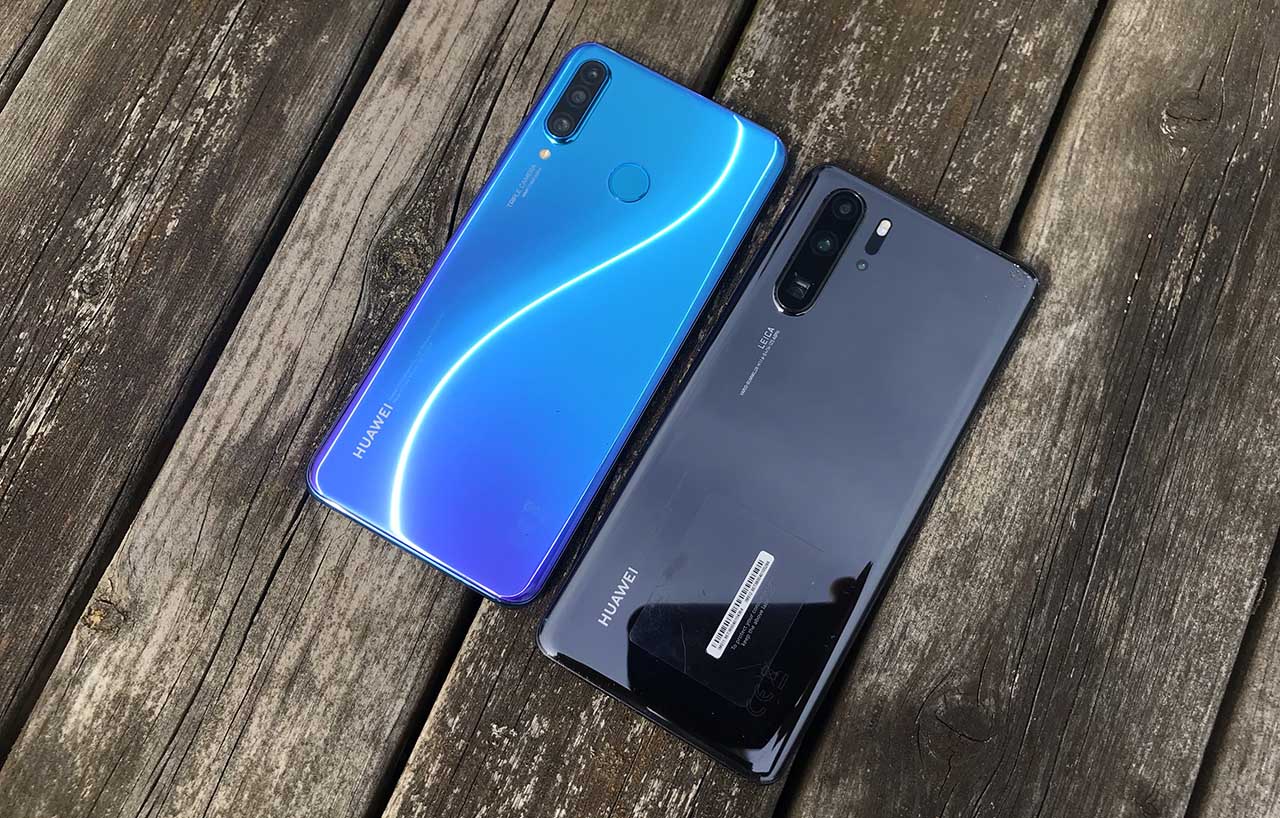
These specs above are all pretty impressive for a phone at this price point, but we know what you’re really wondering is… what are the differences between the Huawei P30 Pro and the P30 Lite.
Perhaps the biggest difference between the P30 Pro and the P30 Lite is that the P30 Pro camera has been co-engineered with Leica.
While the P30 Lite camera’s maximum resolution is 48 megapixels, which looks like a higher number, the 40-megapixel camera on the P30 Pro will actually produce significantly better photos. This is in part due to the totally different sensor (RYYB), improved apertures (f/1.6 over f/1.8 on the Lite) and significantly higher ISO on the Pro (409,600).
The P30 Pro also offers Mechanical OIS on two lenses, but not on the Lite. Neither will the Lite do lossless zoom of any kind, whereas the P30 Pro has a 5x optical zoom lens plus hybrid zoom to 10x.
The Huawei P30 Pro also has the ability to shoot in raw in its Pro mode, while the Lite does not.
The P30 Pro has the ToF (Time of Flight) sensor, which provides more depth information for multi-level bokeh.
The wide-angle camera on the Lite provides 8-megapixel resolution, while the P30 Pro offers 20 megapixels (also allowing for better macro).
Higher performance ISPs and DSPs on the Pro allow faster processing and, as Huawei says, as low as zero shutter lag. The P30 Pro also has Dual NPU and can recognise scenes faster than the P30 Lite.
Other features include a 24-megapixel front-facing camera is vs 32 megapixels on the Pro. Video-wise, the P30 Pro will shoot 4K at 30fps and the Lite will shoot 1080p at a max of 60fps. What’s more, the P30 Pro can record with AI video modes (eg AI colour)
Other performance differences between the Huawei P30 Pro and P30 Lite not in the camera:
- The Lite uses the Kirin 710 processor which is lower power than the Pro’s Kirin 980.
- 8GB RAM in the P30 Pro vs 4GB RAM in the Lite
- 3340mAh 18w quick charge battery in the Lite vs 4200mAh 40w supercharge battery in the Pro
- Expandable Nano Memory in Pro vs MicroSD in Lite
Build Quality
While it may lack the spec bona fides of the P30 Pro, the Huawei P30 Lite is every bit as beautiful and high quality in design. Like its more expensive siblings, the P30 Lite’s back is made of curved glass that sit with rigid aluminium sides.
The emerald blue unit I tested has a nice colour that begins as purple at the bottom of the phone and swirls into a bluish hue as you move up the back.
On the top of the back, nearly adjacent to the triple-camera set-up is the fingerprint sensor.
You also get a headphone jack at the bottom of the handset and a USB-C port.
Adding to the premium feel of the P30 Lite is its 6.15-inch, 2312 x 1080-pixel screen offering 16.7 million colours. The display is edge-to-edge, which also gives the Lite that premium, flagship sort of feel.
All in all, the Huawei P30 Lite looks the part and feels the part of a premium smartphone.
Performance
We should reiterate here that this is a Huawei P30 Lite camera review; we are not testing many of the phone-based elements of the handset.
It’s hard not to compare the Huawei P30 Lite vs the P30 Pro given they look so similar and share a striking three-camera array on the back. And when you do, the top end P30 Pro’s image quality is better, if not phenomenal.
Colours are a little flatter on the P30 Lite. Huawei’s mind-boggingly good Night Mode on the Pro is a bit more pedestrian here on the Lite, though still fairly decent.
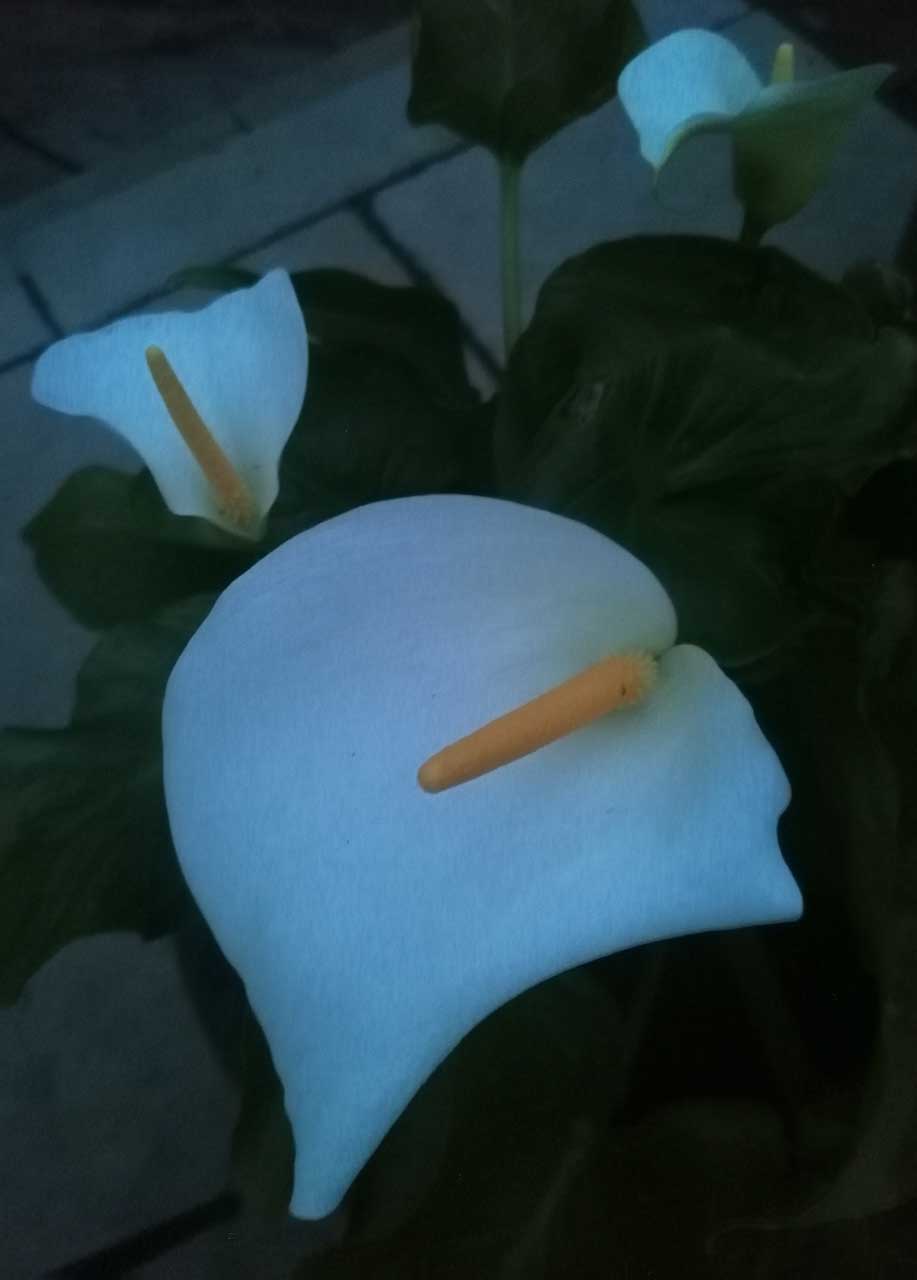
But it’s important to remember the P30 Lite is more than half the cost of the Pro and you need to consider what you’re getting at this price point. If you’re considering this phone, the P30 Pro probably isn’t an option for you. In which case, it’s better to evaluate the Lite in relation to its peers.
While images may lack some of the punch and fine detail of the P30 Pro, they are still well above average for phones at this price point. And while AI modes like Night Mode may be watered down versions of those at the top end, it still produces images in total darkness that other phones simply wouldn’t be able to cope with at all.
Overall, I’ve been genuinely impressed with the images from the P30 Lite. During a recent sunny spell I took the phone out to shoot some high-contrast scenes – some of which you can see below – and I was pleasantly surprised at how well the P30 Lite balances exposures, keeping nice blues and cloud definition in the sky.
Sometimes colours are a little flatter than you’d like them to be, but you can fix this quite easily with the P30 Lite’s many filter effects and editing options.
Dynamic range is a lot better, as well, than I’ve seen on other smartphones at this price point. Shooting in high-contrast scenes I was able to capture some detail in the dark shadow areas – more so than I anticipated.
Noise isn’t too much of a problem in lower light, but there is a fair bit of smearing over fine details.
Autofocus is fast an accurate, and you can take control yourself and press any point in the frame to focus manually. This also sets your exposure, but you can also touch and then drag your exposure point away from the point of focus if you want to separate the two. This is very handy in some situations.
Video footage from the P30 Lite is also clear and stable. While not 4K, Full HD at 60fps is no slouch and more than good enough for YouTube and social media.
Sample Photos
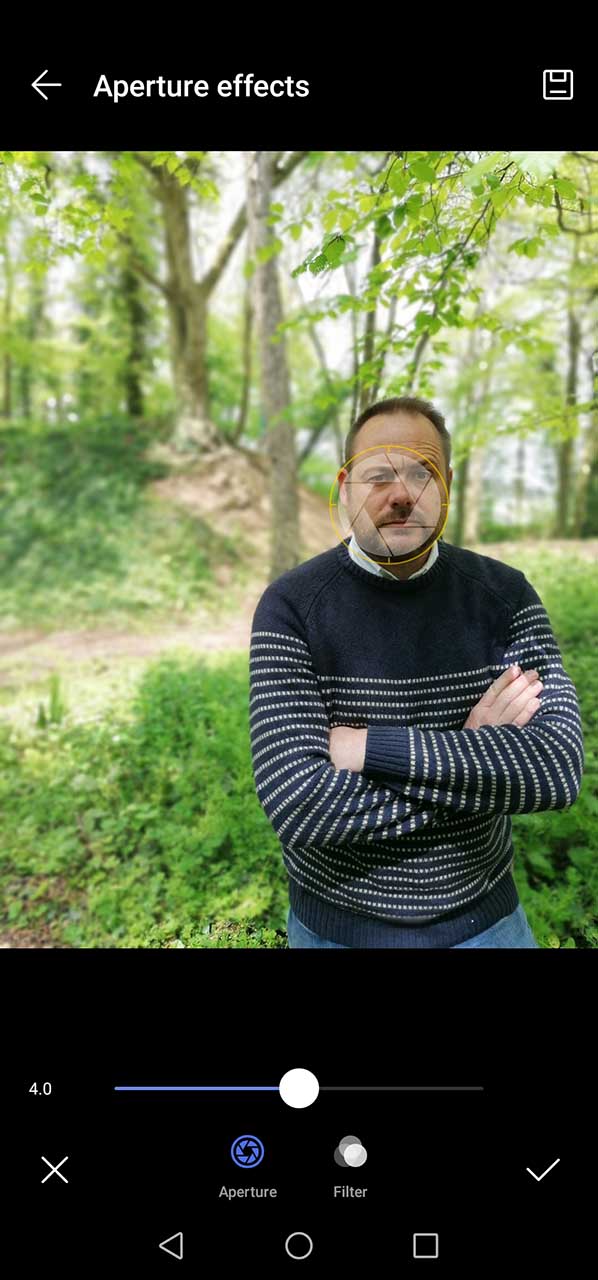

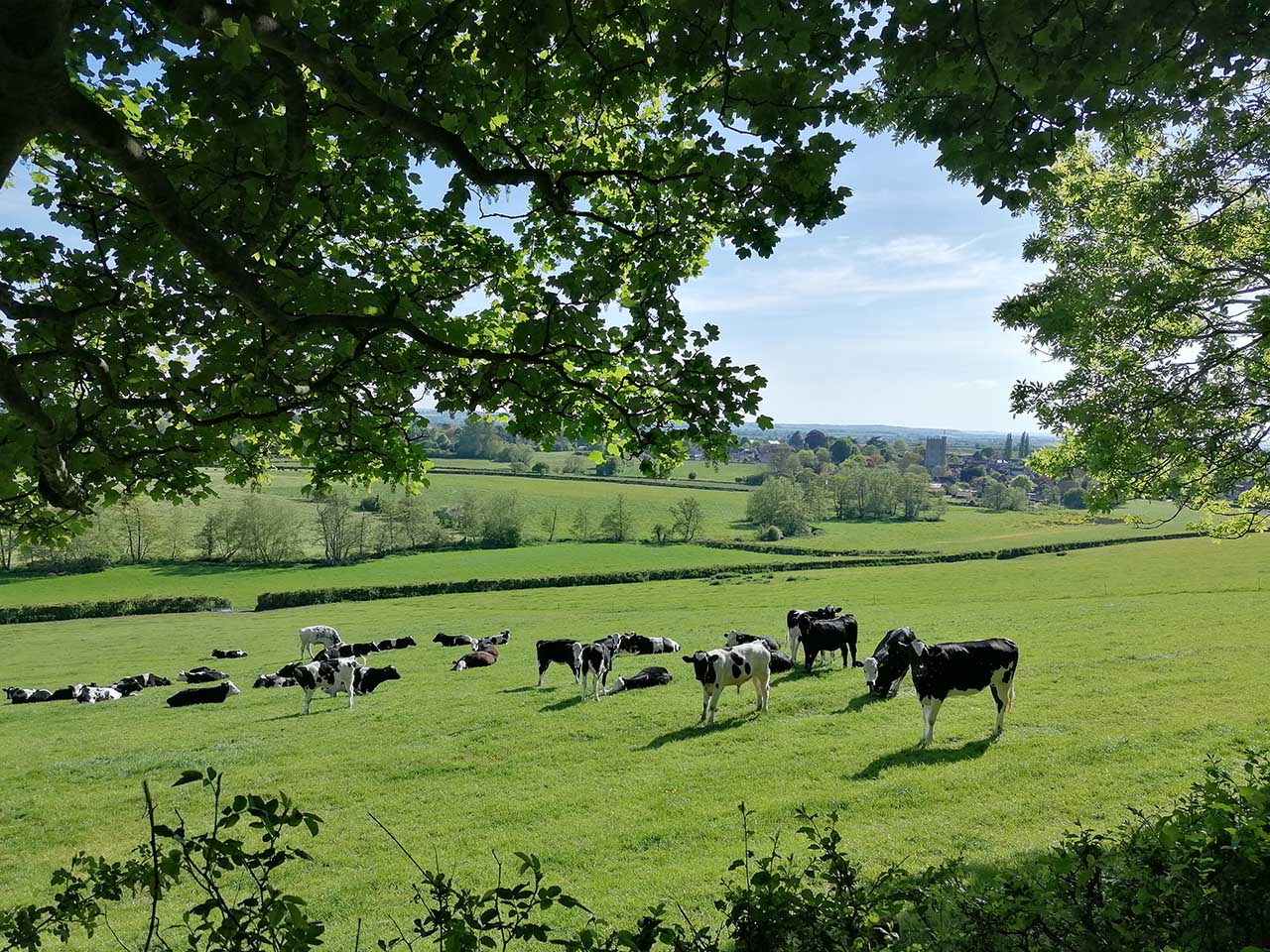
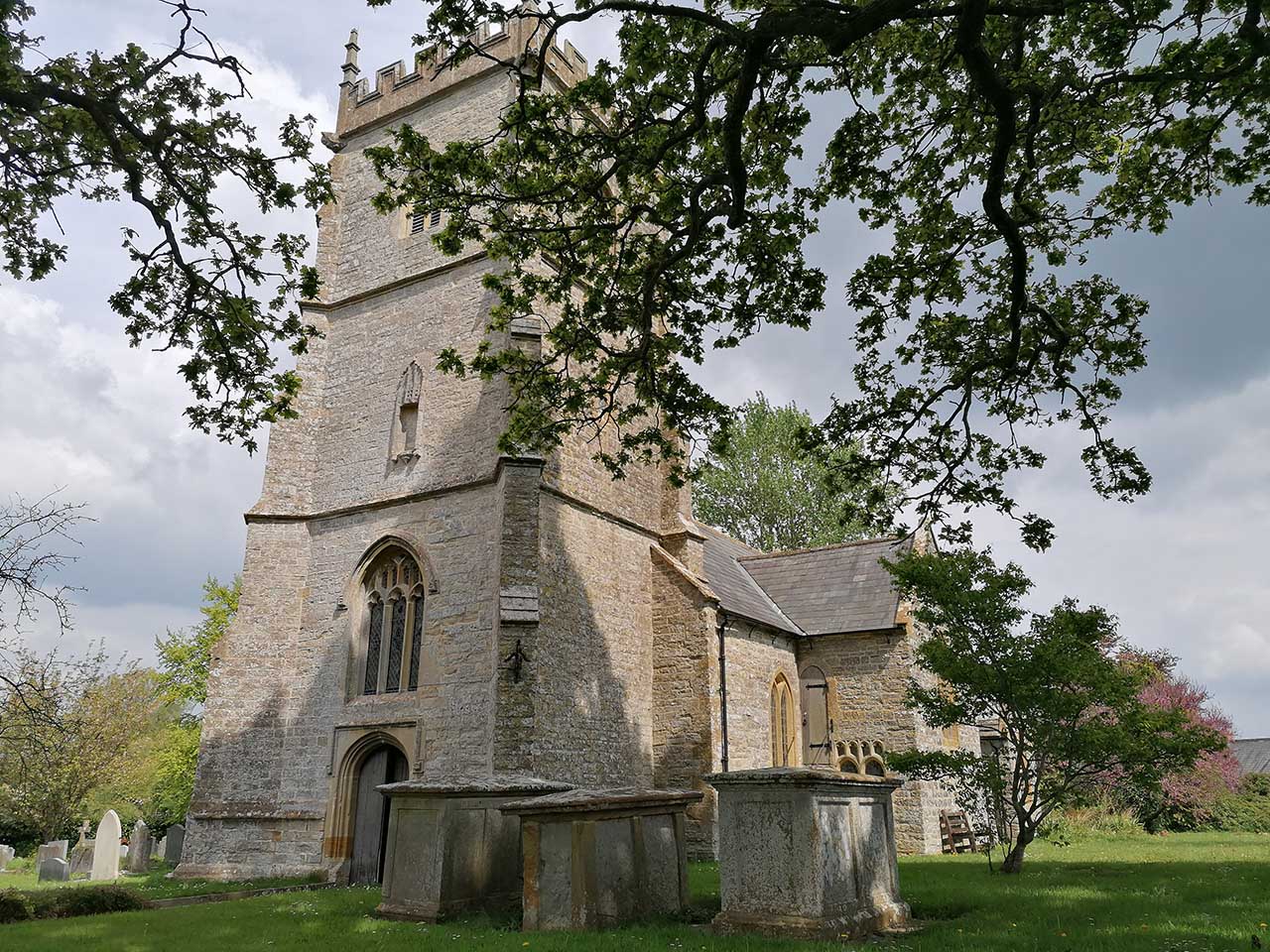
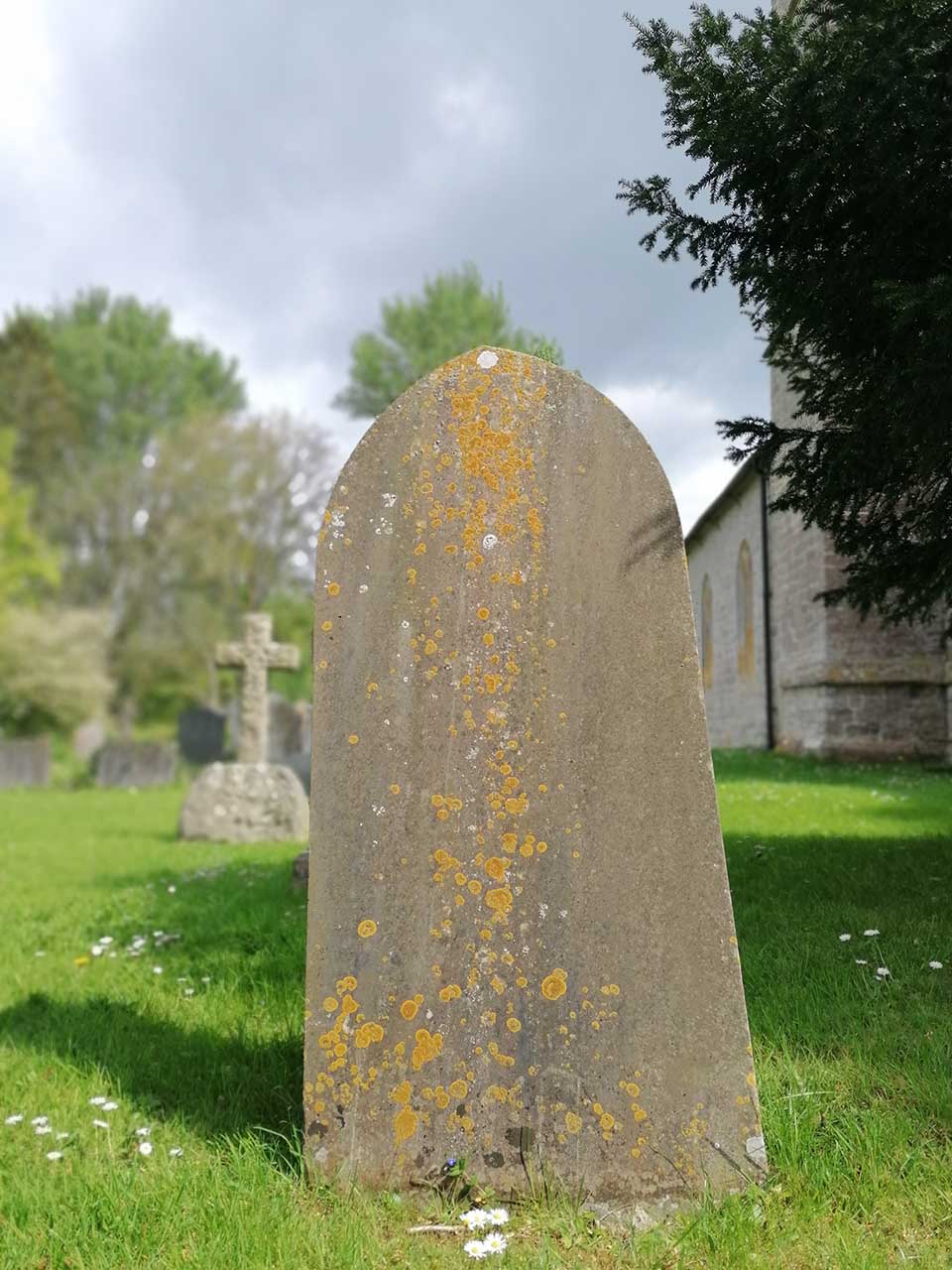
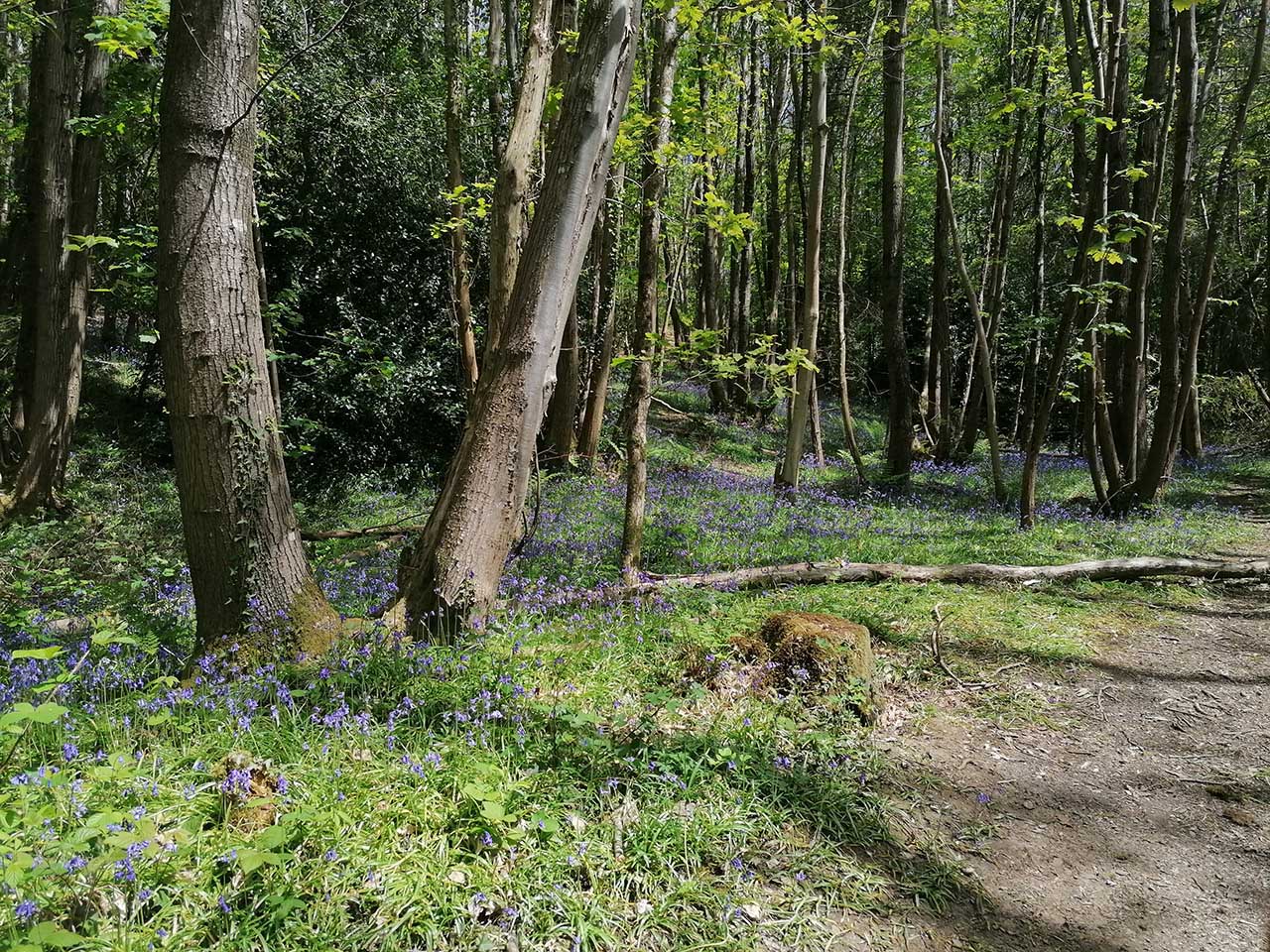

Verdict
It may not be fair to call the Huawei P30 Lite a ‘budget smartphone.’ With other Chinese smartphone manufacturers competing in that £150 – £200 / $200 range, the P30 Lite’s price at more than £300 / $300 puts it up in that next tier. But even sitting in that next weight class, Huawei has done an excellent job of trickling down enough tech from its top-end models to make it relevant and luxurious.
Images might not quite satisfy the high standards of the pixel peepers among us, but then the pixel peepers were never going to buy this phone. The P30 Pro was made for them.
If you’re looking for a good everyday camera on a budget and you don’t necessarily care as much about super fine detail as you do bright, punchy images and video you can confidently share with family and friends, then the P30 Lite is for you.
The Huawei P30 Lite is the perfect smartphone for the family photographer, the friend who documents nights out and weekends away or anyone who wants high-quality snapshots in a body that looks and feels luxurious.
